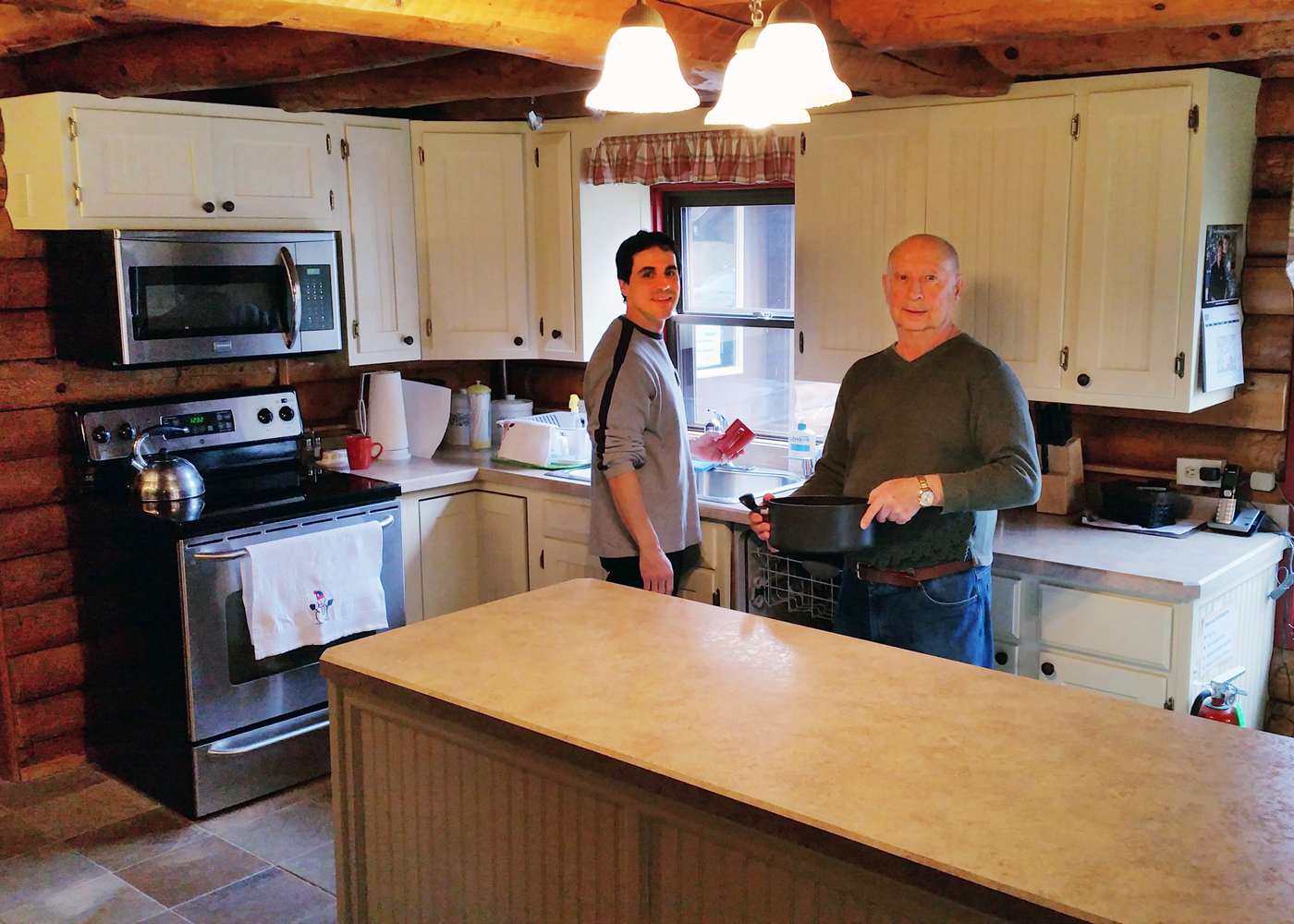Dedicated to end-of-life care

Mt. Carmel House, now located in Hilton,
seeking volunteers with caring hearts and desire to help others
The concept of comfort care or end-of-life care is now well known and available in Monroe County thanks to Rose and Raoul Grossi, who were so affected by the death of a homeless man on the streets of Rochester in 1982 that two years later they opened the first home for the dying in New York State. Using $100,000 of their savings, the Grossis created Mt. Carmel House on Lorimer Street in northwest Rochester, a two-bed facility that would provide comfort and compassion to terminally ill patients in their final days. Three years later, they moved Mt. Carmel to the empty convent at Most Precious Blood parish on Planet Street. Then in November 2014, the home moved to 288 Frisbee Hill Road in Hilton; their “forever home.”
“The Hilton location just spoke to everyone who came here,” said Carol Cook, the organization’s first director, who came on board during the move to Hilton. Prior to that, Raoul, now age 99, and Rose, who passed away in 2011, were still active in the governance of Mt. Carmel. “It’s a cozy log cabin out in the country and a relaxing place to be,” said Cook.

Mt. Carmel House, like other comfort care homes, provides 24-hour care to people who are dying. The goal is to prevent or relieve suffering as much as possible while respecting the dying person’s wishes. Comfort care homes are only allowed to serve two residents at a time and do not charge for their services. They do not receive any county, state or federal funding or bill insurance. They rely on donations and volunteers to provide care and sustain the facility.
Cook has been working diligently to build up the home’s volunteer list. “We have about 35 active volunteers right now – the number varies – but we could use about 120 to allow for variances in people’s schedules.” Volunteers work in four-hour shifts and decide how often, and which days and times they would like to work. “We’re very flexible and there isn’t a minimum number of hours or days that a person must work,” added Cook.
Dan Melia has been volunteering for Mt. Carmel House since 1999 and started by working just one shift per month. “I’m involved in my church and wanted to give back,” he said. Melia had cancer as a child and said that his family tried to be happy when they were around him and bring him joy. He treats the residents that come to Mt. Carmel House the same way.
“The people here still have so much to offer,” said Melia. “I’m constantly learning from them.” He and Cook remember two residents in particular. A woman named Fern, who came to them depressed and non-responsive, and Sally, who loved to talk and was full of life. The two women, both in their 90s, realized that they had been classmates in Holley in their youth. Through that connection they formed a bond and the two lived out their remaining days happily, and passed within a week of each other.
Jerry Morissette has been volunteering at Mt. Carmel for five years mainly doing maintenance work and assisting the paid staff. “I like to do volunteer work,” he said. “I have an electrical background, so I’ll make repairs, which saves some money.”
No training is needed to become a volunteer at Mt. Carmel House; training is provided. “Our biggest need is resident care, but volunteers don’t have to work with the residents if they’re not comfortable doing so,” said Cook. Volunteer jobs include cooking, baking, serving meals, cleaning, laundry, lawn care and other maintenance jobs, and patient care, such as bathing, dressing, transferring and repositioning.
To become a volunteer, visit mtcarmelhouse.com and complete an application, call 366-4949 and ask for Carol, or stop by 288 Frisbee Hill Road to pick up an application. Once an application has been received, a time is set up for a two-hour orientation class. The new volunteer is then paired with an experienced volunteer or staff member to begin training. “All it takes to be successful as a volunteer here is a desire in your heart to help someone,” said Cook.

